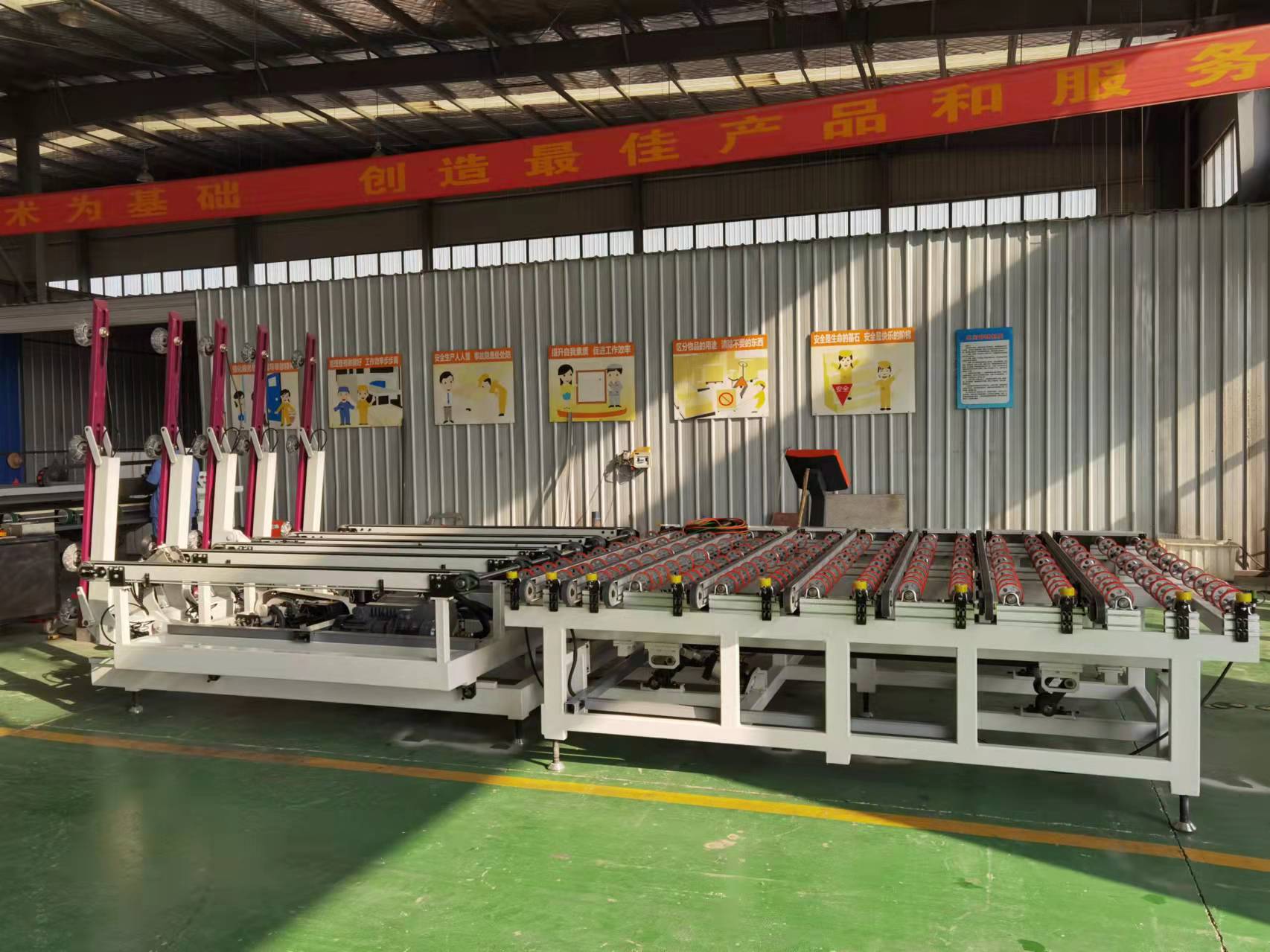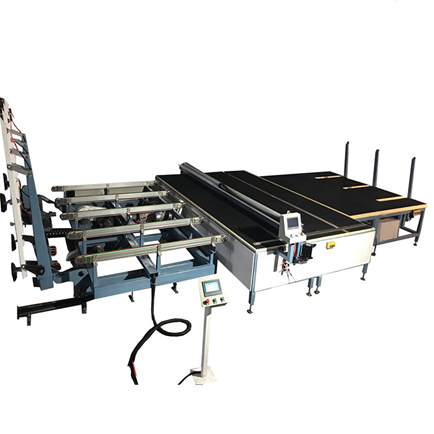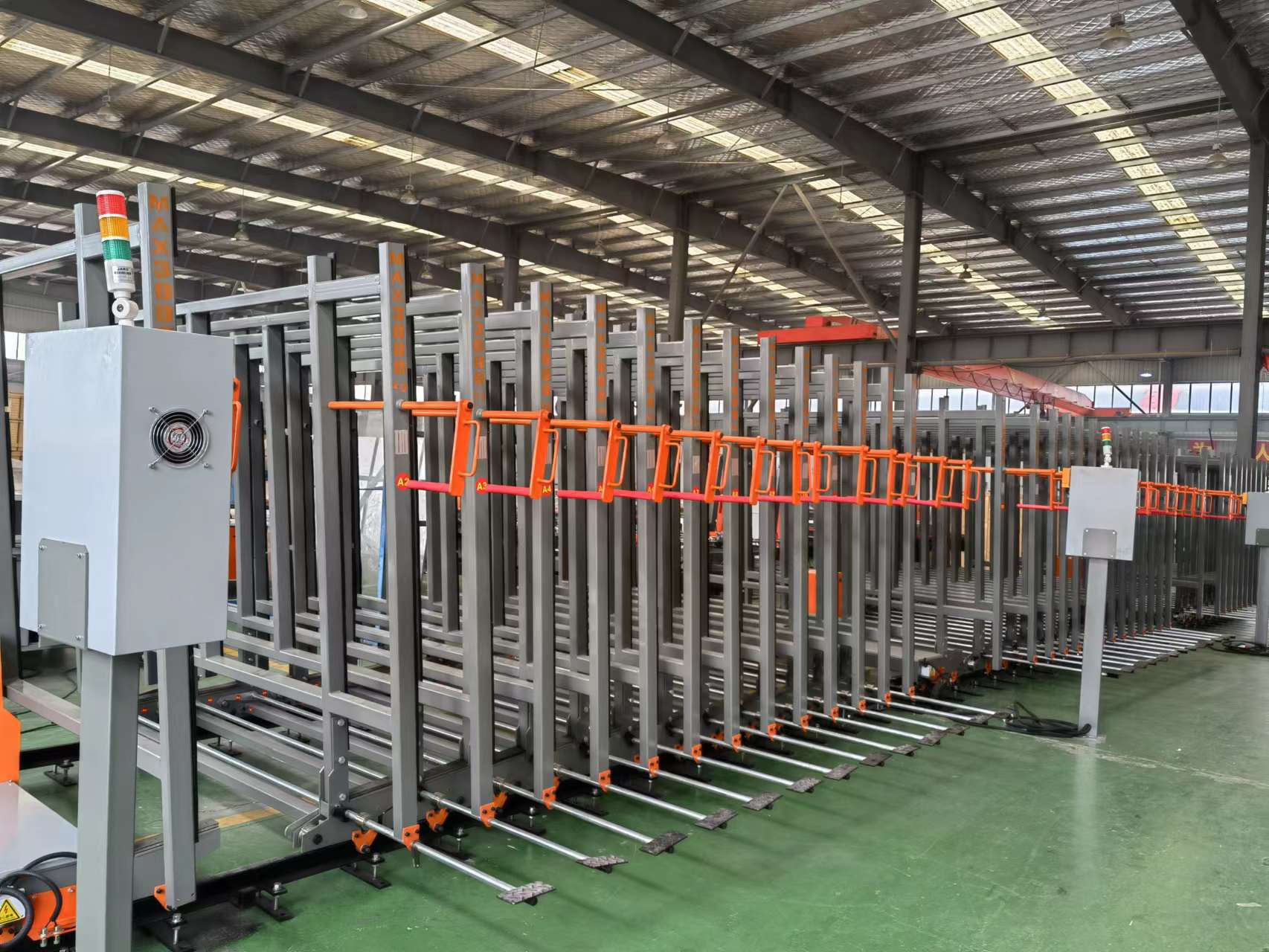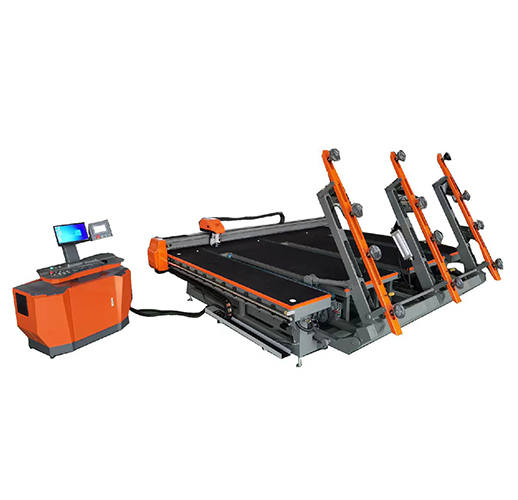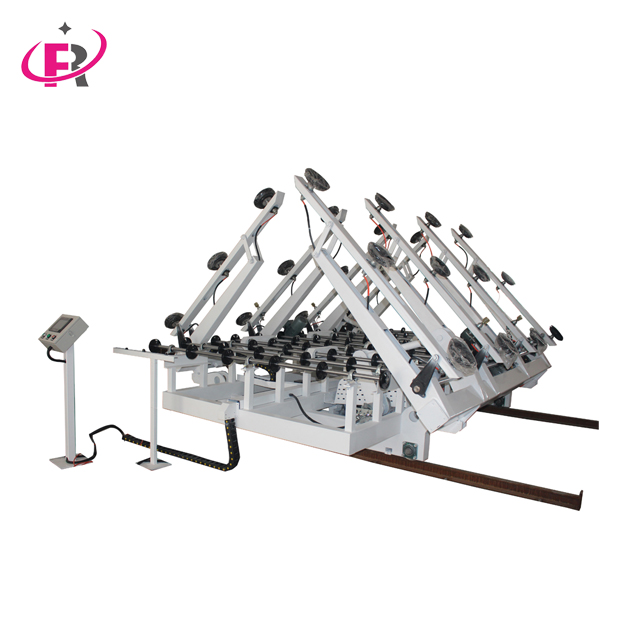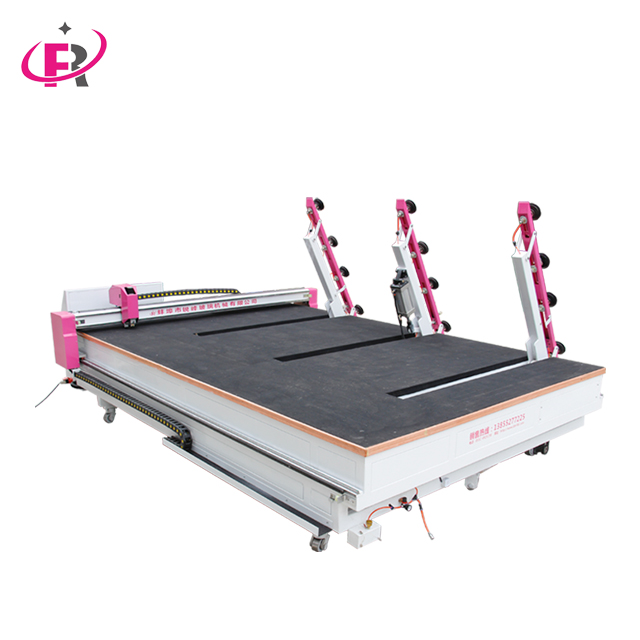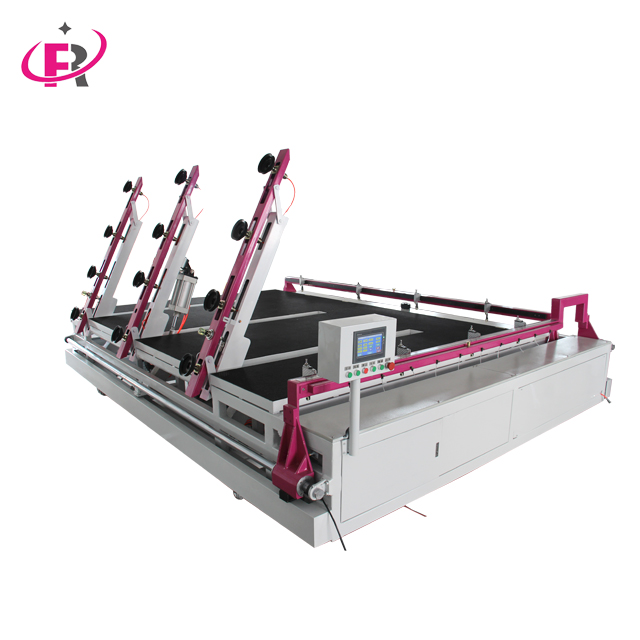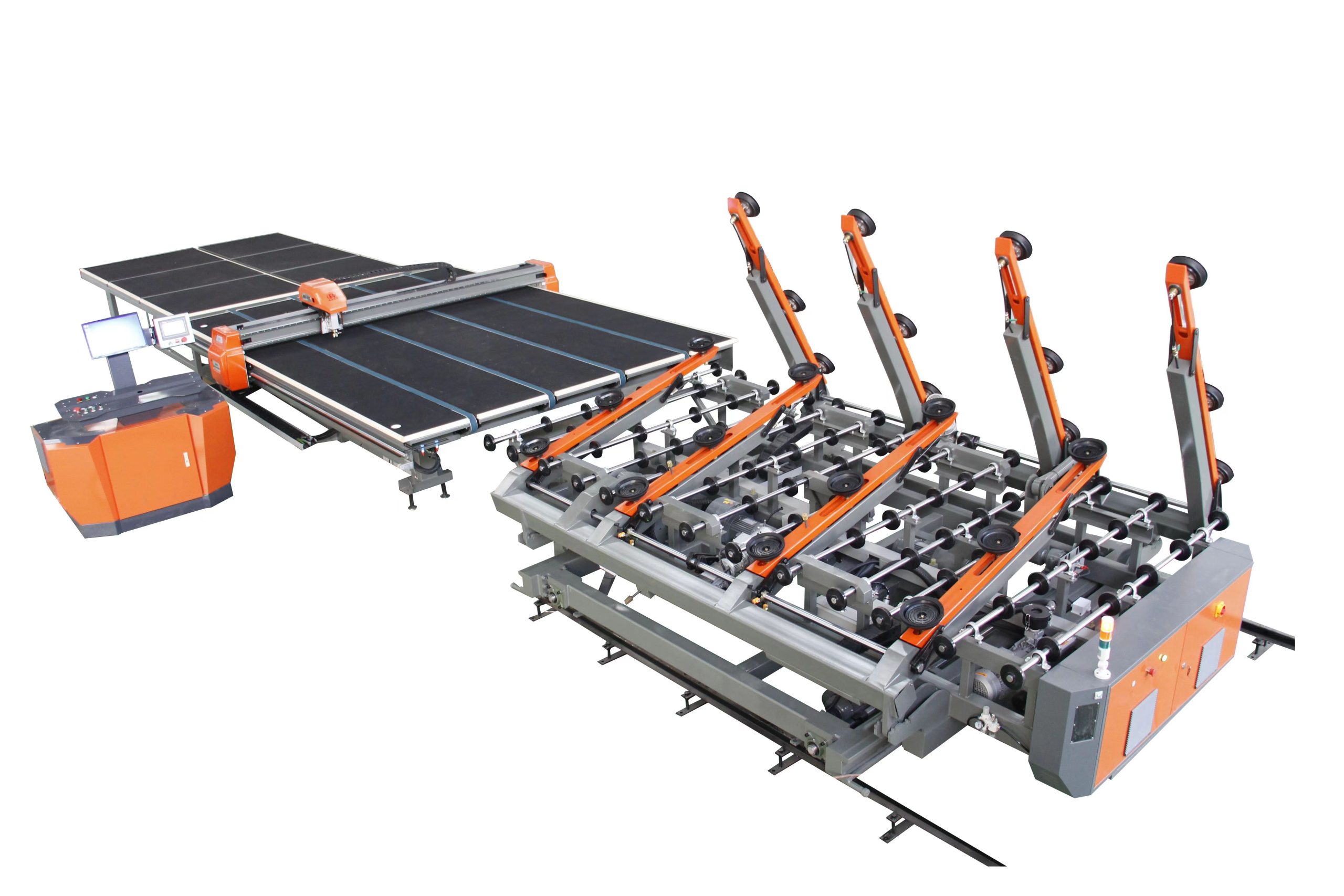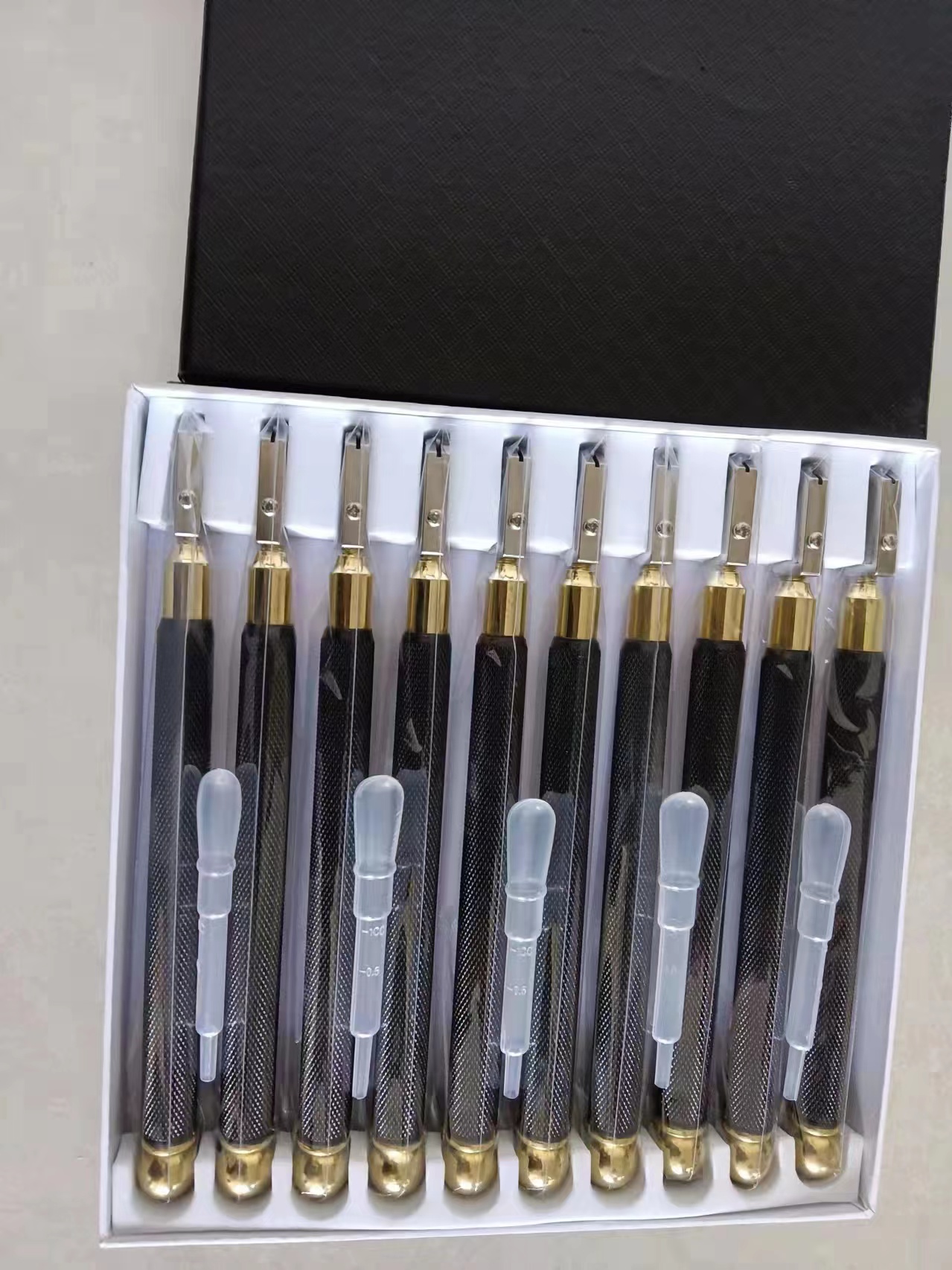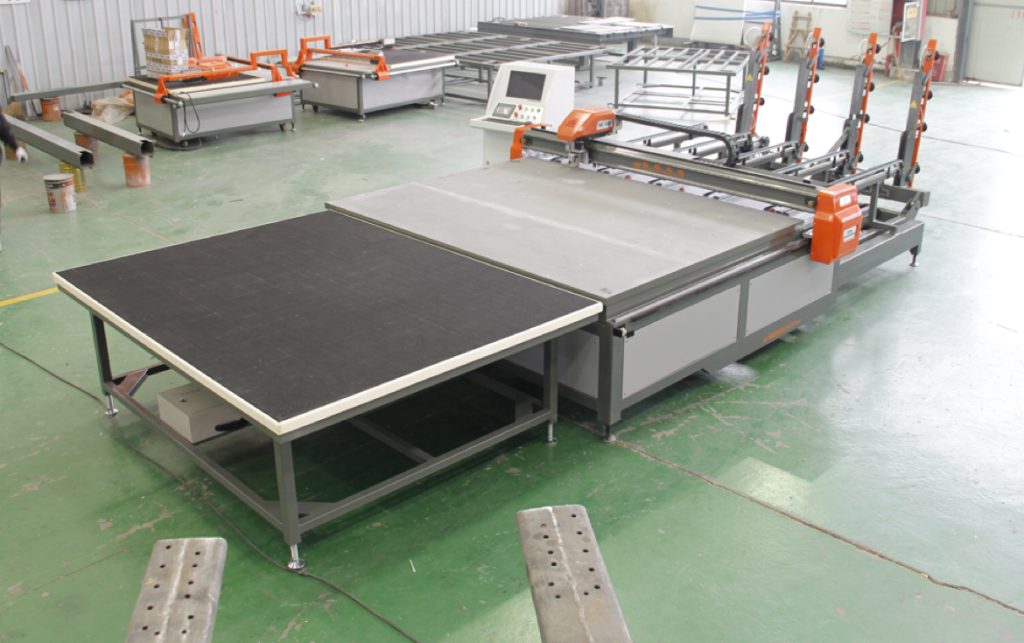In today's rapidly evolving manufacturing landscape, fully automatic glass cutting lines stand as paragons of efficiency and precision. These cutting-edge systems not only streamline the production process but also uphold impeccable standards of quality. To fully grasp the intricacies of these marvels of engineering, it's imperative to delve into their working principles
Fully automatic glass cutting lines comprise a sophisticated ensemble of components, each playing a pivotal role in the seamless operation of the system. At the heart of these setups are cutting tables, where glass sheets are meticulously positioned for precision cutting. The cutting heads, armed with advanced technology, execute intricate patterns with unparalleled accuracy, while conveyors facilitate the smooth movement of materials throughout the process. The orchestration of these components is made possible by sophisticated control systems, which ensure harmonious coordination and optimal performance.
Integral to the functionality of fully automatic glass cutting lines are sensors, which serve as the eyes and ears of the system. These sensors come in various forms, including proximity sensors and laser sensors, and are adept at detecting crucial parameters such as glass position, thickness, and defects. Leveraging this real-time feedback, the system fine-tunes its operations to uphold exacting standards of precision and accuracy, thus minimizing wastage and maximizing productivity.
The seamless integration of software and control systems is another hallmark of fully automatic glass cutting lines. Advanced software oversees every aspect of the cutting process, from pattern design to machine operation. Powered by computer numerical control (CNC), these systems execute cutting patterns with unrivaled speed and efficiency. Moreover, the customizable nature of the software enables tailored solutions for specific cutting requirements, ensuring versatility and adaptability in diverse manufacturing scenarios.
The working process of fully automatic glass cutting lines unfolds with meticulous precision, orchestrated by a symphony of technological prowess. It commences with initialization and setup procedures, where parameters are configured to meet the unique demands of each cutting task. Glass sheets are then seamlessly loaded onto the cutting table, guided by the system's intuitive interface. With cutting patterns meticulously crafted within the software, the cutting heads spring into action, carving out precise shapes with surgical precision. Upon completion, the cut glass pieces are gently unloaded, ready for subsequent processing or assembly.
Quality assurance is paramount in the realm of fully automatic glass cutting lines, with stringent measures in place to uphold uncompromising standards. From real-time monitoring of cutting parameters to proactive error detection and correction mechanisms, every effort is made to ensure flawless results. Regular maintenance and calibration further bolster the system's reliability, guaranteeing consistent performance over time.
Looking ahead, the future of fully automatic glass cutting lines promises even greater advancements and innovations. With ongoing research and development pushing the boundaries of technology, we can anticipate enhancements in sensor capabilities, software algorithms, and robotic integration. These innovations will not only elevate efficiency and productivity but also unlock new realms of possibility in glass manufacturing.
In conclusion, mastering the working principles of fully automatic glass cutting lines unveils a world of precision and efficiency. By understanding the intricate interplay of components, sensors, software, and control systems, manufacturers can harness the full potential of these cutting-edge systems to drive innovation and excellence in glass manufacturing.

